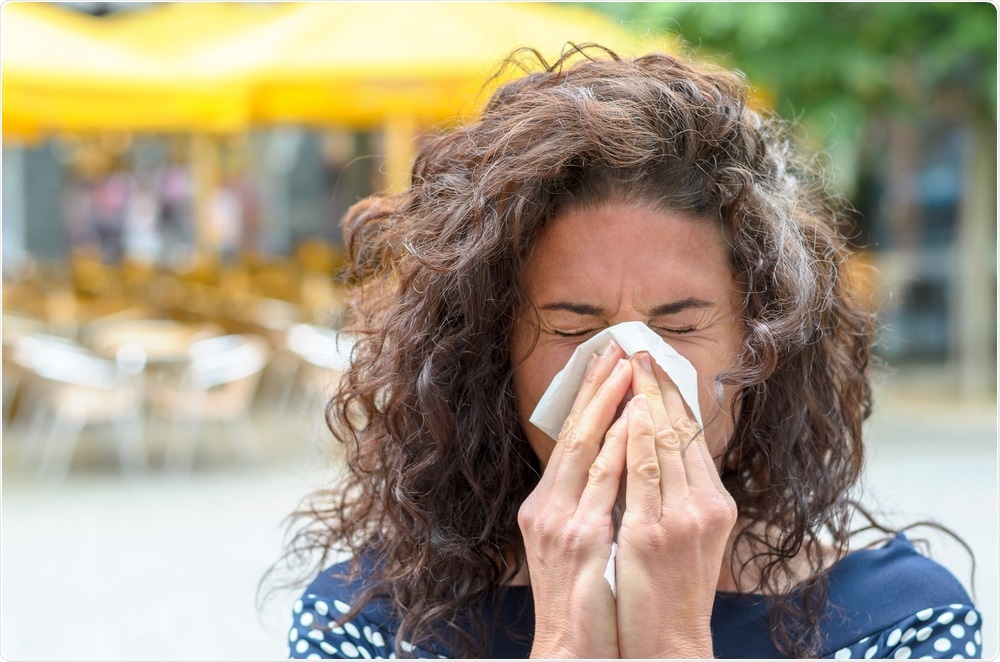Now, a team of researchers from Bangor University has found that despite low forecasts of pollen counts, on some days, there is a higher incidence of hay fever. Bangor has started the PollerGen project, led by Professor Simon Creer, which involves researchers from across the world.
 michaelheim | Shutterstock
michaelheim | Shutterstock
The team includes researchers as well as experts from the meteorological offices, National Botanic Garden of Wales, pollen researchers from Aberystwyth University and other researchers from universities of Worcester and Exeter.
Allergy UK experts say that around one in three Britons suffer from hay fever and of these nearly 57 percent have sleep problems due to hay fever. Asthma is seen in around 40 percent of individuals who are prone to hay fever.
I'm a hay fever sufferer myself and I know that on some days, despite a high pollen forecast, I can be less affected than on other days when the forecast appears to be lower. This led me and others to wonder whether it's the high load of pollen alone that causes the problem, or whether the different grass pollens cause different levels of reaction.”
Professor Simon Creer, Lead Researcher
To understand whether high pollen counts were, or were not, linked to hay fever, the team will compare a variety of grass pollens. The aim of the research is to understand more about the causes of hay fever, as it is a hugely complex mechanism that not only involves pollen, but a persons genetic make-up, and the landscape and temperatures too.
PollerGen researchers developed a technique called “metabarcoding” where they have “environmental DNA” tests to predict the effect of these factors on hay fever.
The results of their efforts were published in a study titled, “Temperate airborne grass pollen defined by spatio-temporal shifts in community composition,” in the journal Nature Ecology & Evolution.
The team identified the DNA barcodes of fragments of material they gathered from samples of air, water and soil. This gave then a huge number of combinations. They used this data to find association with hay fever. They gathered hospital and clinic data on hay fever admissions and doctor visits to find association with the environmental combinations.
Bringing a range of specialists together has enabled us to find initial answers. Our task is now to develop a clearer picture of where the pollen comes from, how it moves through the air and how different types of pollen can be linked to allergies.”
Dr Georgina Brennan, Bangor University
Allergy UK has also said that these tools for better prediction of days bad for those with hay fever could help avoid severe attacks and warn the sufferers beforehand.
Head of clinical services of Allergy UK, Amena Warner, in a statement said, “Helping us to understand grass pollen species in much more depth is very welcome, particularly if in the future it can be used to provide information to the population affected by grass pollen allergy. We are looking forward to further findings later this year and the benefits this will bring to those living with hay fever.”
PollerGEN has a collaboration of experts from Bangor University, Aberystwyth University, University of Exeter, University of Worcester, University of Sydney and the UK Met Office.